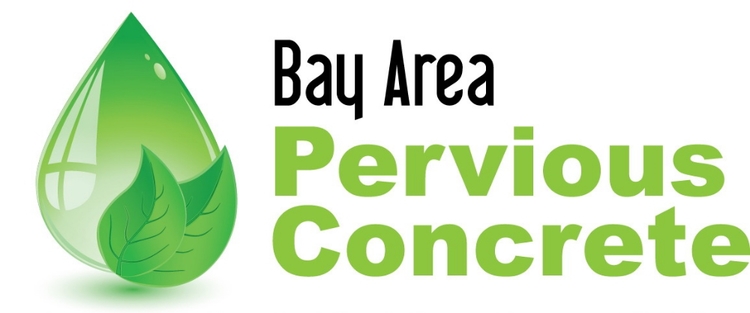The Rational Method is used by many storm water civil engineers to understand storm water runoff. Frequently it is being invoked to understand the impacts of pervious concrete. Frankly, the Rational Method has no place designing with pervious, and this is what we are going to discuss.
The simplest reason being, the Rational Method is there the allow engineers to size the necessary sewer line appropriate to the runoff on the site. However, when pervious concrete is well designed and installed for most or all of the parking or access areas, there will be no runoff from that area. It is even possible, pending some limitations**, to capture most if not all of the adjacent runoff from impervious roofs or other impervious. That would make the runoff coefficient 0 or even negative. Given that, Q becomes zero, or less then zero. At that point, no drain pipe is needed to carry away the storm water, and the Rational Method is not the appropriate method for quantifying storm water.
This hints at the total shift that is before us - the way we previously understood hardscape and the associated negative externalities (runoff, storm water pollution, heat island effect, aquifer depletion) is turned on its head. Now these previous negative externalities are accounted for and reversed, and we are able to maintain the preferred hard & durable surface with pervious concrete. Pervious concrete allows storm water and pollution to filter in and infiltrate, allowing microbes and soil to be the filter that they are for the rest of nature. Pervious concrete mitigates the heat island effect in 2 ways, having a high solar reflectivity index as well as allowing a water and air exchange between the soil below and air above the pavement.
But given that codes are still being written, and some building and design professionals do not know about pervious concrete and its benefits we must still use the Rational Method. So I propose a stand-in coefficient.
To review the Rational Method for those of you who don't use this equation frequently,



































































